February 24, 2022
10 Sales Prospecting Techniques For Supercharged Conversions

- Do your research
- Use warm referrals
- Use multi-channel sequences
- Be relevant
- Be a disruptor
- Don't neglect cold calling
- Listen more than you talk
- Become a trusted advisor
- Be a social animal
- Build a human-robot dream team
New prospects are skittish creatures. Approach them in the wrong way and they’ll take off faster than a gazelle who’s spied a lion at the watering hole.

And who can blame them? In today’s hyper-connected world where everyone is being prospected 24/7, time and attention are fast becoming more valuable commodities than gold.
At Mixmax, we sell to sales professionals, so they’re on to us even before our magnificent manes come into view. That’s why we’re always looking for sales prospecting techniques to put us ahead of the game.
We reached out to top sales influencers and chased down our own hardworking SDRs to learn how they gear up for prospecting success.
Read on to find out how to stay ahead of the prospecting pack.
- Do your research
- Use warm referrals
- Use multi-channel sequences
- Be relevant
- Be a disruptor
- Don't neglect cold calling
- Listen more than you talk
- Become a trusted advisor
- Be a social animal
- Build a human-robot dream team
10 sales prospecting techniques to boost your pipeline
Sales prospecting is a fundamental but challenging part of the sales process. These techniques and tools should give your prospecting efforts the best chance of success.
1. Do your research
Researching potential customers before reaching out saves wasting time on those that aren’t a good fit.
Create an ideal customer profile (ICP) with firmographics of your target company. Then, develop buyer personas focusing on individual prospects’ roles, responsibilities, challenges, and your value proposition. Copy our editable template with examples as a guide.
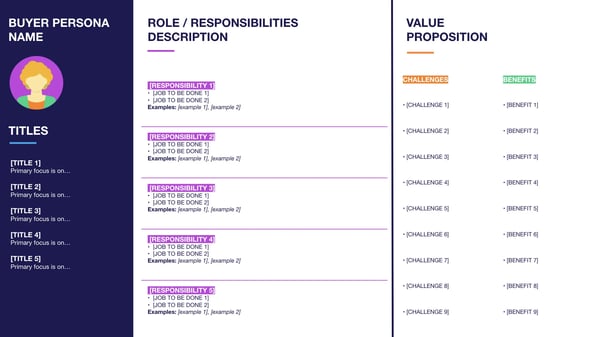
Identify common trends with your current customers. What tools are they using? What pain were they experiencing before they onboarded? How do they use your product? Listen to past discovery calls to understand challenges, and get input from your CSM.
Sales influencer Jason Bay also recommends combining any of the following to better understand prospects:
- Going over your sales calls and demos.
- Checking out your own and competitors’ case studies.
- Reading testimonials and reviews.
- Looking at LinkedIn profiles.
- Talking to lost/closed deals, and other reps.
- Listening to podcasts and webinars.
- Joining membership organizations and industry events.
Then, go to sales prospecting tools like ZoomInfo, LeadIQ, etc. to identify prospects that overlap with your current customer profile. Are they in an industry that can use your solution? Are they talking about their challenges on social media? Who are the decision-makers in that company?
We also like to check out company careers pages to see if they’re hiring sales reps who could use our solution. Then, we reference that in outbound prospecting.
Take a leaf out of Justin Michael and Patrick William Joyce’s B2B sales prospecting strategies by using LinkedIn Sales Navigator to dig deep with boolean searches and the jobs section, and send InMails. You might not get a response, but it gets your name on prospects’ radar before you start emailing.
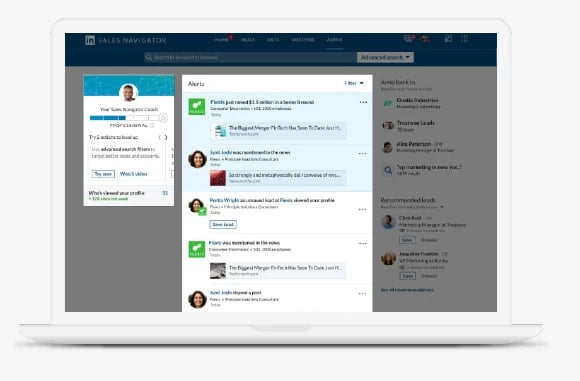
Note that these activities differ from lead generation as practiced by marketing. See our post on sales prospecting vs lead generation for more on this.
2. Use warm referrals
Let’s face it, people trust people they know more than they do you, so referrals are a powerful way to generate new business.
Check customers’ networks to identify new leads and ask them to recommend you. Time it after they achieve something big with your solution and always resolve any issues they’re experiencing before you ask for a favor.
Keep tabs on prospects and customers with Sales Navigator job change alerts, as outlined by Morgan J Ingram. If they liked your solution, they’re likely to want to bring it with them to a new role.
3. Use multi-channel sequences
It takes an average of 8-12 touches to get a response, so repetition is important in the prospecting game.
Use multi-channel sequences to target buyers when and where they live, stay on top of follow up, and on their radar. If you’re using Mixmax’s sales engagement platform, you can mix customizable sales prospecting email templates, video drops, LinkedIn messaging, and cold calling without ever leaving your Gmail inbox.
That said, the short 3-day “cluster” approach favored by Justin Michael and Patrick William Joyce also yields prospecting gold.
They target a select handful of prospects and send a main email covering customer outcomes and social proof in conversational but professional, authoritative language. Then, on days 2 & 3, they’ll reply to the original subject line to bump it back up to the top of the prospect’s inbox, with calls added in every other day.
Track opens and swap prospects for another person on your list if they’re not biting. If they are, check “people also viewed” on their LinkedIn and target those people too.
Whatever sequence length works for you, keep emails short, use sales prospecting email subject lines that get their attention, and don’t overload them with too much info or resources in each touch.
Keep tabs on engagement with Mixmax performance insights and real-time alerts, so you can follow up when top of mind. Best-time-of-day scheduling and auto-delay responses also get messages in front of prospects at the right time without looking like they were sent by a robot.

4. Be relevant
Personalization is the name of the game in outbound prospecting.
Reeeeewind.

Let us rephrase that.
Personalization is still the name of the game, but with everyone playing, you need to run faster to stay ahead of the field.
These days, getting a prospect’s attention takes more than dropping a few publicly available personal details into a template.
It takes relevance.
Fortunately, you’ve done your research so you’re armed with fascinating facts about your prospects to drop into cold emails. Go you!
Justin Michael recommends “personalization stacking here.” Tying any three points together and mixing emotional with logical, like their university + an award they won + relating it to something to do with your company.
He and PWJ also “scale relevance” by namechecking shared contacts, any of your client companies the prospect has worked at, and their recent publications, LinkedIn activity, etc. Deep industry insights and tailored references combined with something relevant. Boom!
Be selective when dropping company names, though. Sales legend Kyle Coleman sticks to those prospects are likely to care about. So, similar characteristics to theirs, same industry or geographical area, or backed by the same VCs, etc. If it’s a direct competitor, even better.
Reference their pain points and lead with value. What can you share that’ll make their life easier? How can you solve their specific challenges?
Practice the art of exquisite timing by monitoring industry news, funding rounds, hires, expansions, and other milestones. All good indications the company may be in a position to buy, and which give you a reason to get in touch.
Here are a few more Jason Bay gems to align your messaging with prospects’ priorities.
- Results they’ve achieved.
- Recommendations given to/received by others.
- Relevant company values.
- Relevant company content.
- Company initiatives.
- Company social profiles.
- Third-party content like new legislation, quarterly earnings calls, and press releases.
Most sales engagement platforms allow you to personalize messaging with email templates that auto-fill with prospect data from your CRM. If you’re using Mixmax, however, you can go one step further and tailor every stage of a sequence, including content and scheduling, to each individual recipient, making it even easier to be relevant at scale.
We love this simple yet effective tip from Jason Bay:
Most cold emails start with variations on “My name is….,” “I’m reaching out because…,” “I was hoping…,” etc., etc. yawn.
All about the seller.
Compare that to these openers: “Your….,” “Loved your…,” Do you…”
Now it’s all about them.
Pattern interruption like this jolts prospects out of the knee-jerk rejection reaction that thousands of unimaginative sales professionals have conditioned them into. Hit them with something that derails those patterns and you may just get a different response.
Like “Why, yes, I would like to hear more about how you can help me retire early to the Bahamas.”

There are hundreds of ways to do this, from leveraging Mixmax integrations to swap text for video (also helps establish a human connection) to using funny GIFs and in-email polls & surveys that make it easy for them to respond.
Or be really bold and try these strategies from Justin Michael and Patrick William Joyce:
- Write something so bizarre prospects are unlikely to forget it.
- Use explainer GIFs, humor, or song lyrics.
- Drop expected structure, formalities, and formatting. Like, no first name, starting the email with a joke, ending with an emoji, etc.
- Use Venn diagrams and other visuals in your emails. They even Photoshop prospects onto the side of milk cartons!
Who dares wins, right?

6. Don’t neglect cold calling
Hitting the phones is still a highly effective sales prospecting technique, but you need to do it right.
Warm up calls beforehand by establishing rapport over LinkedIn, and use Mixmax engagement alerts to strike when you know they’re looking at your emails, content, etc.
Have a strategy to get past gatekeepers and access decision-makers. It helps to be direct, honest, respectful, and treat them as a resource, not an obstacle.

Structure calls and have an agenda and objective to stay focused and avoid the prospect derailing the conversation. Jason Bay also kicks off each call by asking for prospects’ top 2-3 short-to-mid term goals or priorities, to make the best use of everyone’s time.
Script calls and build rapport by getting them to open up about their business and challenges. Ask open-ended questions, show you understand their needs, and never end without agreeing on the next step and/or scheduling the next call. Get used to mastering voicemail for when they don’t pick up.
Automate tedious manual tasks by using dialers like Dialpad. It integrates with Mixmax so you can call prospects in your CRM right from your inbox, get in-call recommendations and objection handling, post-call insights, and more.
Related Post: 55 Sales Prospecting Questions to Get Your Prospects Talking
7. Listen more than you talk
Just like cold email, too many phone calls open with the prospect’s name before launching into why you’re calling. Try flipping it a la JM-PWJ by opening by asking who handles [your target dept. or functions] in their organization. Obviously, you already know it’s them, but this pattern interrupt flatters and gets them talking.
Ask how they’re handling things, what tools they use, and how it’s working out. Keep shifting the focus back to them, validate their choices, and don’t rush to treat their pain with your band-aid solution. Dig deeper and bide your time till they ask what your product does. Now you can pitch! JM & PWJ call this the Vampire Rule, cause the prospect invited you in to bite them. The best sales are the ones where you create desire and interest and let the prospect drive the sales process.
And just like a vampire, you need to move quietly. They aim for a listen-to-talk ratio of 80/20!
Like they say, everybody’s favorite subject is themselves.

8. Become a trusted advisor
Another way to disrupt the status quo is by never acting like a salesperson. Be a trusted guide and a provider of solutions instead. Here to help solve their problems.

Here are a few ways to do this:
- Assume nothing and identify their individual pain early on, in discovery.
- Provide value and have a reason to reach out every time. Reiterate with every message what value you bring and what sets you apart.
- Use their language and terminology to show you understand their pain, industry, role, and responsibilities.
- When objections arise, don’t immediately shut them down. Validate their concerns and let them unravel to see if there are more lurking below the surface.
- Be authentic and honest: If your competitor does something well, acknowledge it. Also, never be afraid to admit you don’t know something. Establish trust by being honest and offering to find out after the call, which gives you a reason to follow up.
9. Be a social animal
Hanging out at the watering hole is a great way to find quality leads and establish a rapport with new prospects. Save the hard sell for other channels, though.
Here’s how to ace social selling:
- Become a thought leader by sharing quality content related to your area of expertise - white papers, webinars, guides, etc. - and getting involved in the discussions it generates.
- Be active and helpful on industry forums and social media groups. Answer questions and use the opportunity to educate people about your product.
- Attend online (and offline 😱) networking events.
- Remember, it’s not all about you, so big up others in your communities and share their content too.
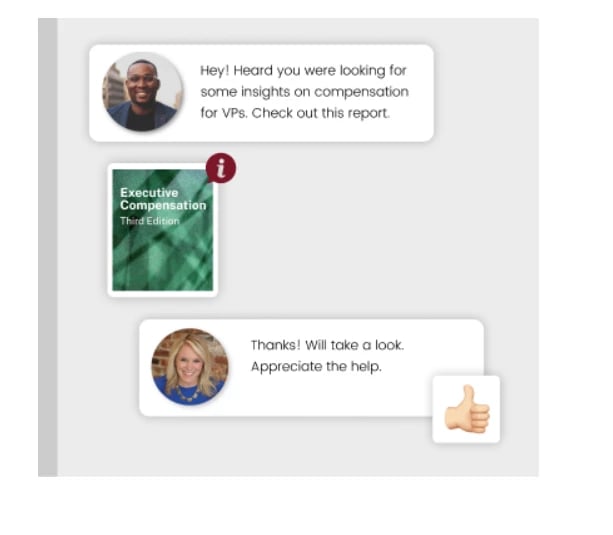
10. Build a human-robot dream team
Ok, this isn’t a sales technique, but it’ll make implementing 1 through 9 a whole lot easier.
Building a healthy sales pipeline takes a lot of time and tools to identify prospects, source contact details, personalize outreach, build relationships, and keep them moving through the sales cycle.
That’s why we designed Mixmax so all your sales teams can start collaborating, performing essential sales activities, and being relevant at scale in less than one day, all right from their inbox. It’s also packed with automation features to handle manual or repetitive tasks, and syncs with your CRM so they’ll never forget to update it again.
Once you’re up and running, a range of integrations allows you to add in other sales prospecting tools to further streamline prospect research, lead contact and capture, track buyer intent and purchase insights, and more.
Remember, though, to only ever automate the manual or repetitive tasks robots do well. Don’t let them loose on high-value tasks like listening and building relationships. Humans are still the alpha in those arenas.
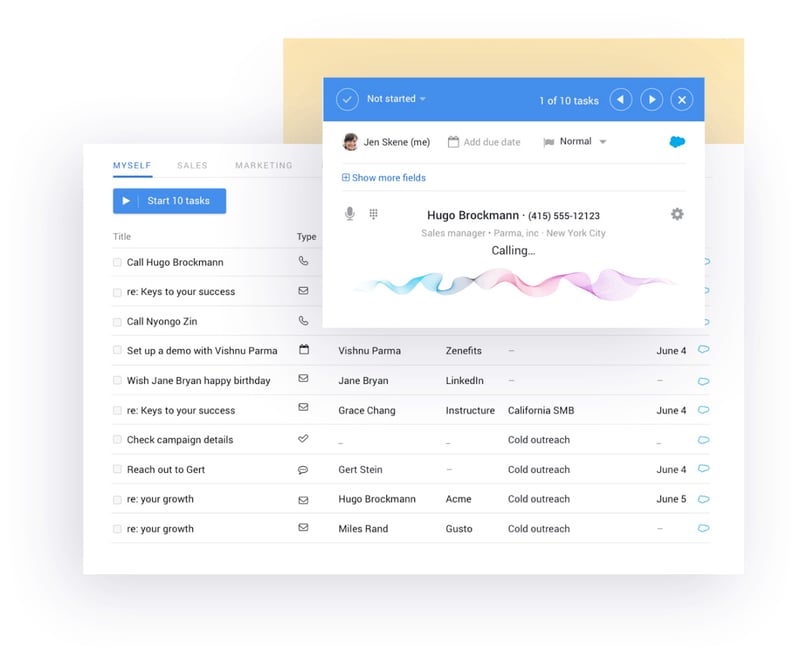
Mixmax Task Manager
Related Post: Enterprise Sales Prospecting: 10 Strategies to Land Large Accounts
The roundup
So there you have it: 10 tried and trusted sales techniques to supercharge your prospecting strategies.
It all starts with a mindset shift: yours.
Break free of the shackles of old patterns and flip it so the focus is on the prospect. Before asking for time out of their busy day, though, spend yours establishing credibility, authority, and being a trusted advisor and good listener. Always bring value and be ready to engage when and where it suits them.
There are no hard and fast rules about what works, so test out these sales techniques to see what works for you. Team them with a cutting-edge tech stack based around Mixmax, and you’ll be on your way to landing the lion’s share of deals.

We couldn’t have done this without insights from:
- Sales legends Justin Michael of Salesborgs.ai and Patrick William Joyce of Sapling, AKA “The Soul of 1000 SDRs” who kindly shared their sales codex guides.
- Ricky Pearl of Pointer, who shared and hooked us up.
- Jason Bay of Blissful Prospecting.


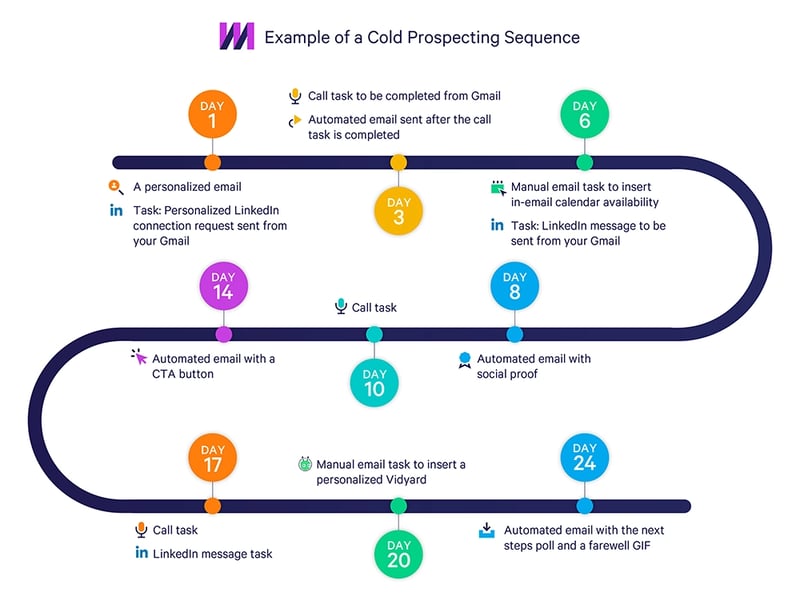
-1.webp?width=600&name=ezgif.com-gif-maker%20(7)-1.webp)

.png?width=450&height=250&name=Episode%20Graphic%20(1).png)
